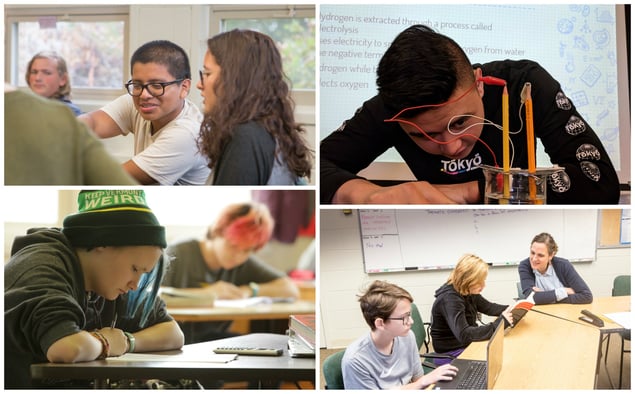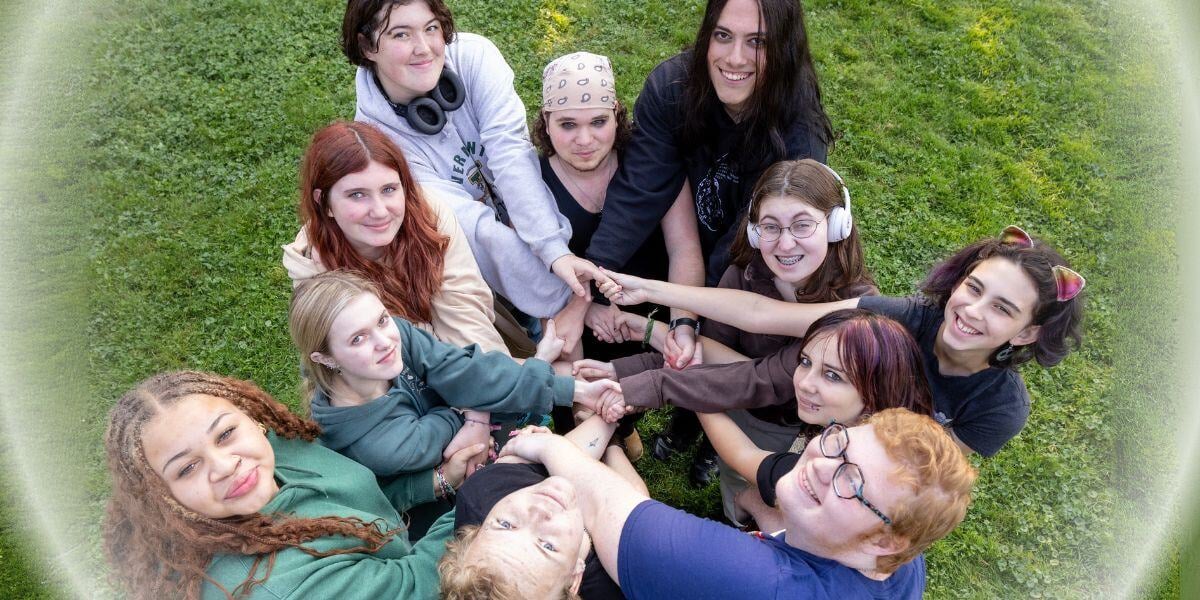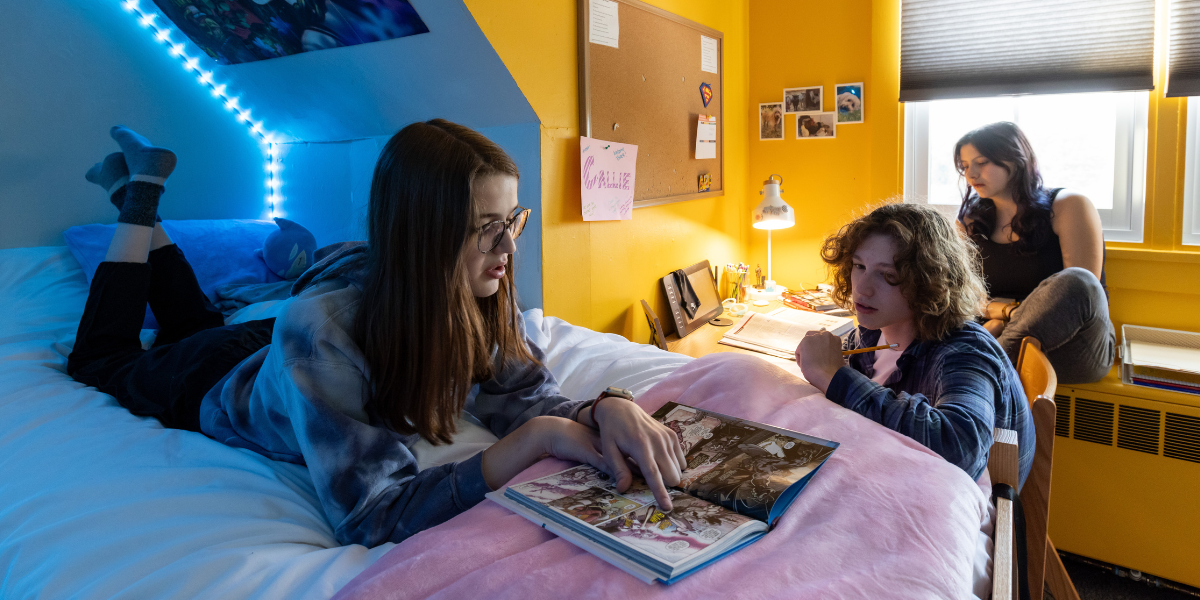Small is Beautiful: Education as if Every Student Really Mattered
In the small, beautiful, lakeside community of Burlington, there are both the advantages of a city — public transportation, rich cultural...


Earlier this year, I read an NPR interview with Susan Cain, author of Quiet, and most recently of Quiet Power: The Secret Strengths of Introverts. In it, Cain reveals a nationwide growth in understanding that sometimes quiet students are just as engaged, talented, and successful in school as their extroverted peers. Cain points out that as a culture we’ve tended to value the extroverted person for their willingness to contribute, their confidence, their assertiveness. In school, we often encourage extroverted behavior by grading students on class discussion and presentations. But this approach may have missed something important: introverted students need to be valued for who they are, and then led slowly, rather than pushed, out of their comfort zone.
Many of our students at Rock Point School would fit the definition of introverted. These students are bright, creative, and have so much to offer. But bigger and more competitive school environments have been challenging for them, and have often shrunk their academic confidence. We make it our mission to build that confidence back up, by meeting these students where they are and helping them move forward at a pace that makes sense for them.
Recently, an introverted student told me that she is more comfortable in a class where she feels like she can hide. I told her that sometimes it might be okay to choose to ‘hide’ -- meaning take a break, engage quietly, take notes rather than leading a discussion. But I never want her to feel like she is hidden -- by a large class, a fast-paced activity, or even just by her extroverted peers. As educators, it is our job to see all students and their talents, and to help them to see it themselves.
While every student is different, and often there is nuance in learning what approach will work for which student, there are a number of best practices that we employ at Rock Point. Here are some strategies that have worked wonders with our introverted students.
Simply being in a room with a small group of peers (at Rock Point, this generally means between four and ten other students) can be life-changing for an introverted student. There is less over-stimulation, fewer people to get to know, and ample room for one-on-one conversations with peers and teachers. As Cain points out in the NPR interview, “introverts have nervous systems that simply react more to everything that's going on around them, and that means they feel more in their sweet spot when there's less stuff happening.” Let introverted students be in their sweet spot and watch what happens -- there is so much learning and growth that can occur when a student is truly comfortable in a classroom.
At Rock Point, it’s second nature to accommodate assignments to match a student’s challenge level and learning style. This kind of flexibility can be a game-changer for an introverted student. If a class presentation does not work for them, allow them to present to just a select friend or teacher, as Cain suggests in her interview. Or, incorporate ‘think/pair/share’ exercises in class, so that introverted students can have time to think over their response, then share it with a trusted peer, and then work with that person to present the idea to the class.
Of course, accommodating is only one step to helping students academic progress. The key is knowing when it’s time to build in challenges that will allow students to grow. After you’ve allowed an introverted student to get comfortable, talk with them about what next step they can take on. These will likely be small steps (contributing once per class, or sharing a homework assignment once a week), and that’s okay. You are not trying to change their learning style, as much as trying to assure their engagement in class, give them appropriate challenges, and help them gain skills and comfort that will allow them to engage in future endeavors. As Susan Cain says, “schools [should] think in terms of classroom engagement rather than participation. Take a more holistic way of looking at how a child is engaging with this material or with their classmates.” Everyone learns and thrives differently and it is important to honor each student’s strengths.
Find ways for introverted students to have a voice, as well as a leadership role, when it’s possible. Often quiet students are so used to being overshadowed by extroverted peers that they have stopped sharing ideas or trying to take a key role. Be sure to see all the students, and find ways for them to be involved in the community. Maybe they are the lead painter on the set design team, quietly contributing greatly to the school play. Or they are a note-taker at community meetings, offering their listening or writing skills in a vital way. "Introverts often are really amazing, talented, gifted, loving children, and they feel like there's something wrong with them," Cain says. When each student is known and valued for who they are, a classroom becomes a safe and productive place for everyone.
It is up to us as educators to help introverted students see they are as valuable as the most extroverted student in the school.
Susan Cain's TED Talk, "Why Do We Undervalue Introverts"

In the small, beautiful, lakeside community of Burlington, there are both the advantages of a city — public transportation, rich cultural...

Adolescence is a time of enormous growth and self-discovery. As teens navigate who they are, how they fit in, and what matters to them, they need...

“But what do you do in the winter?” is a question that I hear frequently from people outside Vermont when they learn about our small boarding and day...